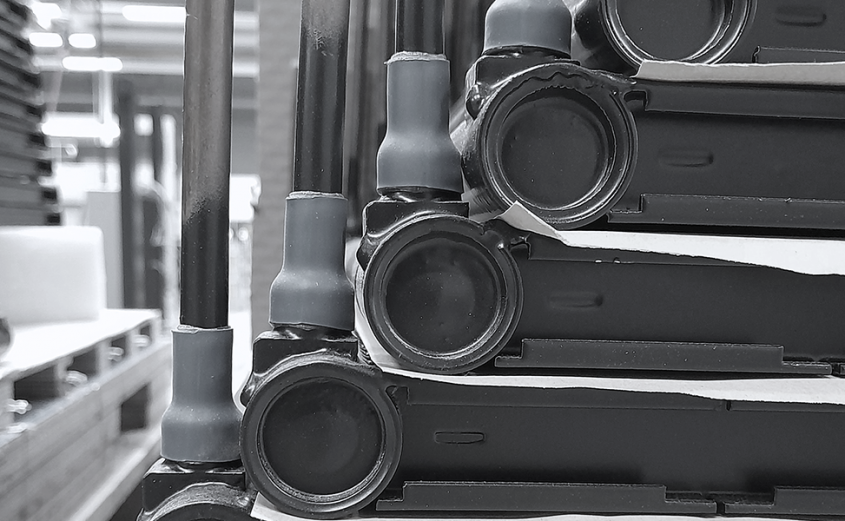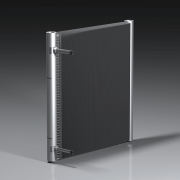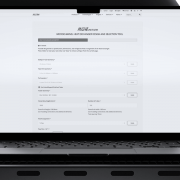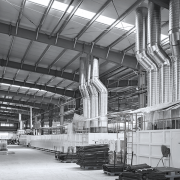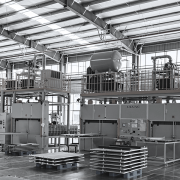Exploring heat exchanger inclination angle: effects on heat transfer and air pressure drops
In this article, Kaltra addresses frequently asked questions regarding the impact of heat exchanger inclination angle on its performance, including capacity and pressure drop on the airside. Both the heat transfer coefficient and air pressure drop were examined under dry and wet conditions through experimental investigation.
Experimental Protocol
The experimental setup consisted of microchannel heat exchangers with fin pitches of 18 and 24 FPI (fins per inch) and a 30% glycol mixture as the working fluid. The tested inclination angles (leeward) were 0°, 15°, 45°, and 65° relative to the vertical. For wet condition tests, the supplied air’s relative humidity was maintained at 75%. Face air velocity varied from 1 to 4 m/s. Additionally, the impact of condensate drainage on air pressure drop was also examined under wet conditions.
Uncertainties in heat transfer coefficients were estimated at ±5.0% under dry conditions and ±8.5% under wet conditions, while air-side pressure drop uncertainties were approximately ±10%.
Results
Heat Transfer Rates
Undoubtedly, the heat transfer coefficient increases with rising face air velocity, regardless of whether the conditions are dry or wet.
The heat transfer coefficients under dry conditions showed minimal sensitivity to inclination angles at low air velocities. However, as air velocity increased, the influence of the inclination angle became more pronounced, with a significant deterioration observed at 65° (Fig. 1).
Figure 1: Heat transfer rate vs. face air velocity in dry conditions
Wet-surface heat transfer degradation was significant and dependent on face air velocity. At the same inlet humidity (rH=75%), heat transfer coefficients reached their minimum at an inclination angle of 0° primarily due to the gravitational force effect on the promotion of condensate drainage (Fig. 2). Modest inclination angles enhance condensate drainage, leading to increased heat transfer coefficients. Conversely, higher air inlet humidity reduces heat transfer coefficients, as greater condensate accumulation on the coil surface adds thermal resistance, particularly at low air velocities.
Figure 2: Heat transfer rate vs. face air velocity in dry conditions
Airside Pressure Drops
Pressure drops naturally increase systematically with face air velocity and inclination angle, irrespective of dry or wet conditions. Under wet conditions, pressure drops are up to 15% higher than those in dry conditions at the same face velocity. Notably, as illustrated in Fig. 3, a substantial rise in pressure drop was observed at an inclination angle of 65°.
Figure 3: Airside pressure drops vs. face air velocity in dry conditions
Figure 4: Airside pressure drops vs. face air velocity in wet conditions
It should be noted that inlet humidity has a negligible effect on pressure drops.
Under wet-coil conditions, airside heat transfer coefficients decrease with increasing airside pressure drop, likely due to condensate bridging between fins. However, it was observed that condensate bridging does not occur when the airflow rate is sufficiently high.

